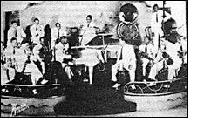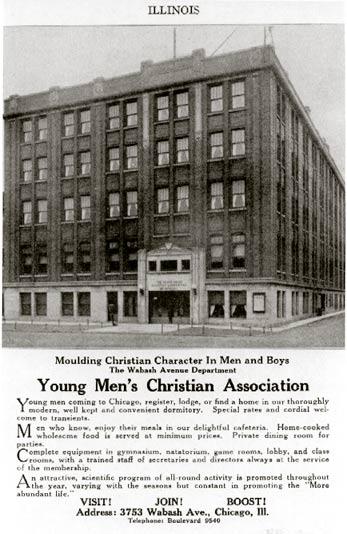Black Metropolis District
 |
|
Address: Various
Year Built:
1889
- 1936
Architect: Various
Date Designated a Chicago Landmark:
September 9, 1998
|
 These nine structures are what remain of the "Metropolis," one of the nation's most significant landmarks of African-American urban history. Developed during the first decades of the 20th century, this "city-within-a-city" was home to numerous nationally prominent, African-American-owned and -operated businesses and cultural institutions.
These nine structures are what remain of the "Metropolis," one of the nation's most significant landmarks of African-American urban history. Developed during the first decades of the 20th century, this "city-within-a-city" was home to numerous nationally prominent, African-American-owned and -operated businesses and cultural institutions.This district offered a commercial alternative to the race restrictions and indifference that characterized much of the city during the early part of the 20th century. Between 1910 and 1920, during the peak of the "Great Migration," the population of the area increased dramatically when thousands of African-Americans fled the oppression of the south and emigrated to Chicago in search of industrial jobs. Further development of the area was halted by the onset of the Great Depression. Many famous people were associated with the development of the area including: Jesse Binga, banker; Anthony Overton, entrepreneur; Joseph Jordan, musician; Andrew "Rube" Foster, founder of the Negro National Baseball League; Ida B. Wells, a civil rights activist, journalist and organizer of the NAACP; Bessie Coleman, the first African-American woman pilot; and Louis Armstrong, the legendary trumpet player and bandleader who performed at many of the area's night clubs. The name, "Black Metropolis," became firmly established with the publication of a 1945 sociological study of the same title. In later years the area was referred to as "Bronzeville," a term attributed to an editor at the Chicago Bee.
|
|

|
|